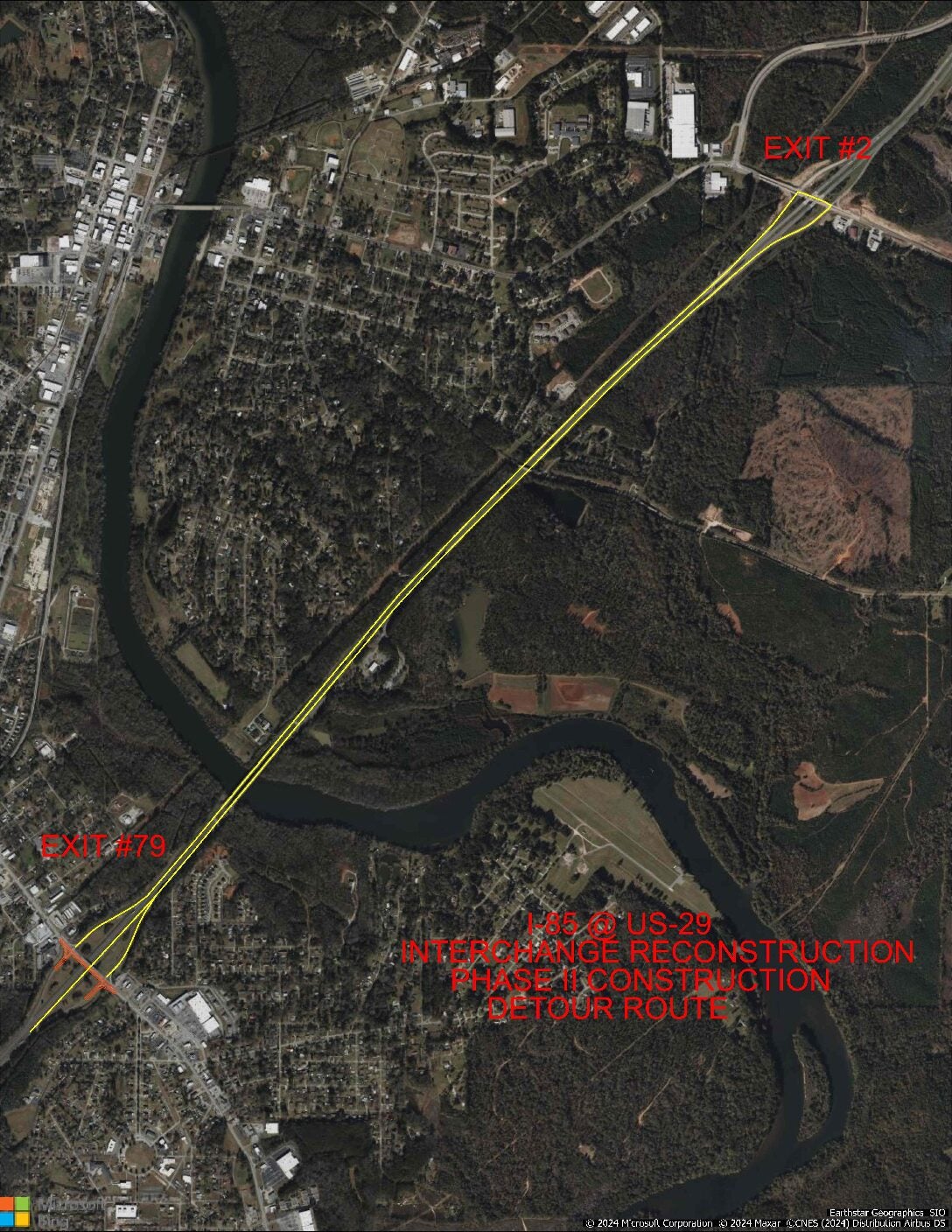The popular song is true – people are crazy
Published 12:49 pm Thursday, March 15, 2018
There was a popular song a few years back that went as follows — GOD IS GREAT, BEER IS GOOD AND PEOPLE ARE CRAZY. That analysis pretty well fits the world population as nations continue to want to kill each other. War does not make sense.
It seems like it has become a practice among some of our millionaire athletes not to stand and place their hand over their heart when the national anthem is played. They contend that they are protesting the past and current treatment of people of color. They have the right to protest, but I believe they are hurting their cause rather than helping it. They are tremendously disrespecting those who are sympathetic to their cause rather than gaining support. The sacrifices that our country has made to provide a free society should be honored, respected, and lauded.
The following is an email that I received that made tears come into my eyes. I am probably more sensitive to the issue since I attended a memorial for my brother-in-law, who is MIA in North Korea. I think every American should read this story about the memorial erected in Washington memorializing the raising of the American flag in Iwo Jima during World War II. The encounter with the son of one the flag raisers at Iwo Jima is written up by Michael T. Powers, a Wisconsin native who is a video production specialist. Mr. Powers accompanied an eight grade class from Clinton, Wisconsin, on their tour of Washington, D.C.
On the last night of our trip, we stopped at the Iwo Jima memorial. This memorial is the largest bronze statue in the world and depicts one of the most famous photographs in history-that of the six brave men raising the American flag at the top of Mount Surabachi on the Island of Iwo Jima, Japan during WW II. Over one hundred students and chaperones piled off the buses and headed towards the memorial. I noticed a solitary figure at the base of the statue, and as I got closer he asked, “What’s your name and where are you guys from?
I told him that my name was Michael Powers and that we were from Clinton, Wisconsin.
“Hey, I’m a Cheesehead, too! Come gather around Cheeseheads, and I will tell you a story.”
James Bradley just happened to be in Washington, D.C. to speak at the memorial the following day. He was there that night to say good-night to his dad, who had previously passed away, but whose image is part of the statue. He was just about to leave when he saw the buses pull up. I videotaped him as he spoke to us, and received his permission to share what he said from my videotape. It is one thing to tour the incredible monuments filled with history in Washington, D.C. but it is quite another to get the kind of insight we received that night. When all had gathered around he reverently began to speak. Here are his words from that night:
“My name is James Bradley and I’m from Antigo, Wisconsin. My dad is on that statue, and I just wrote a book called Flags of Our Fathers which is #5 on the New York Times Best Seller list right now. It is the story of the six boys you see behind me. Six boys raised the flag. The first guy putting the pole in the ground is Harlon Block. Harlon was an all-state football player. He enlisted in the Marine Corps with all the senior members of his football team. They were off to play another type of game, a game called “War.” But it didn’t turn out to be a game. Harlon, at the age of twenty-one, died with his intestines in his hands. I don’t say that to gross you out; I say that because there are generals who stand in front of this statue and talk about the glory of war. You guys need to know that most of the boys in Iwo Jima were seventeen, eighteen, and nineteen years old.
(He pointed to the statue)
You see this next guy? That’s Rene Gagnon from New Hampshire. If you took Rene’s helmet off at the moment this photo was taken, and looked in the webbing of that helmet, you would find a photograph. A photograph of his girlfriend. Rene put that in there for protection, because he was scared. He was eighteen years old. Boys won the battle of Iwo Jima. Boys. Not old men.
The next guy here, the third guy in this tableau, was Sergeant Mike Strank. Mike is my hero. He was the hero of all these guys. They called him the “old man” because he was so old. He was already twenty-four. When Mike would motivate his boys in training camp, he didn’t say, “Let’s go kill the enemy” or “Let’s die for our country.” He knew he was talking to little boys. Instead he would say, “You do what I say, and I’ll get you home to your mothers.”
The last guy on this side of the statue is Ira Hayes, a Pima Indian from Arizona. Ira Hayes walked off Iwo Jima. He went into the White House with my dad. President Truman told him, “You’re a hero.” He told reporters, “How can I feel like a hero when 250 of my buddies hit the island with me and only twenty-seven of us walked off alive?”
So you take your class at school. 250 of you spending a year together having fun, doing everything together. Then all 250 of you hit the beach, but only twenty-seven of your classmates walk off alive. That was Ira Hayes. He had images of horror in his mind. Ira Hayes died dead drunk, face down at the age of thirty-two, ten years after this picture was taken.
The next guy, going around the statue, is Franklin Sousley from Hilltop, Kentucky, a fun-lovin’ hillbilly boy. His best friend, who is now 70, told me, “Yeah, you know, we took two cows up on the porch of the Hilltop General Store. Then we strung wire across the stairs so the cows couldn’t get down. Then we fed them Epson salts. Those cows crapped all night.”
Yes, he was a fun-lovin’ hillbilly boy. Franklin died on Iwo Jima at the age of nineteen. When the telegram came to tell his mother that he was dead, it went to the Hilltop General Store. A barefoot boy ran that telegram up to his mother’s farm. The neighbors could hear her scream all night and into the morning. The neighbors lived a quarter of a mile away.
The next guy, as we continue to go around the statue, is my dad, John Bradley from Antigo, Wisconsin, where I was raised. My dad lived until 1994, but he would never give interviews. When Walter Cronkite’s producers, or the New York Times would call, we were trained as little kids to say, “No, I’m sorry sir, my dad’s not here. He is in Canada fishing. No, there is no phone there, sir. No, we don’t know when he is coming back.”
My dad never fished or even went to Canada. Usually he was sitting right there at the table eating his Campbell’s soup, but we had to tell the press that he was out fishing. He didn’t want to talk to the press. You see, my dad didn’t see himself as a hero. Everyone thinks these guys are heroes, ’cause they are in a photo and a monument. My dad knew better. He was a medic. John Bradley from Wisconsin was a caregiver. In Iwo Jima he probably held over 200 boys as they died, and when boys died in Iwo Jima, they writhed and screamed in pain.
When I was a little boy, my third grade teacher told me that my dad was a hero. When I went home and told my dad that, he looked at me and said, “I want you always to remember that the heroes of Iwo Jima are the guys who did not come back. DID NOT come back.”
So that’s the story about six nice young boys. Three died on Iwo Jima, and three came back as national heroes. Overall, 7000 boys died on Iwo Jima in the worst battle in the history of the Marine Corps. My voice is giving out, so I will end here. Thank you for your time.”
Suddenly the monument wasn’t just a big old piece of metal with a flag sticking out of the top. It came to life before our eyes with the heartfelt words of a son who did indeed have a father who was a hero. Maybe not a hero in his own eyes, but a hero nonetheless.
ORIGINS: The above-quoted article was written in October 2000 by Wisconsin resident Michael T. Powers (whose name has been omitted from most of the Internet-circulated versions), transcribed from a videotape he made of a talk given by author James Bradley at the Marine Corps War Memorial in Arlington, Virginia.
My brother-in-law, just as the fore mentioned Harlon Block, was an outstanding athlete. Clyde Wear, the Korean MIA, was recruited to play basketball at the University Of Kentucky. At the age of 18, Clyde enlisted in the Army along with his 20 year old brother Gene Wear. Gene, who was an outstanding athlete as well, came back from Korea and died shortly afterward of a heart attack at Fort Benning. My two brother-in-laws sacrificed their lives in Korea and they are heroes in my book.




